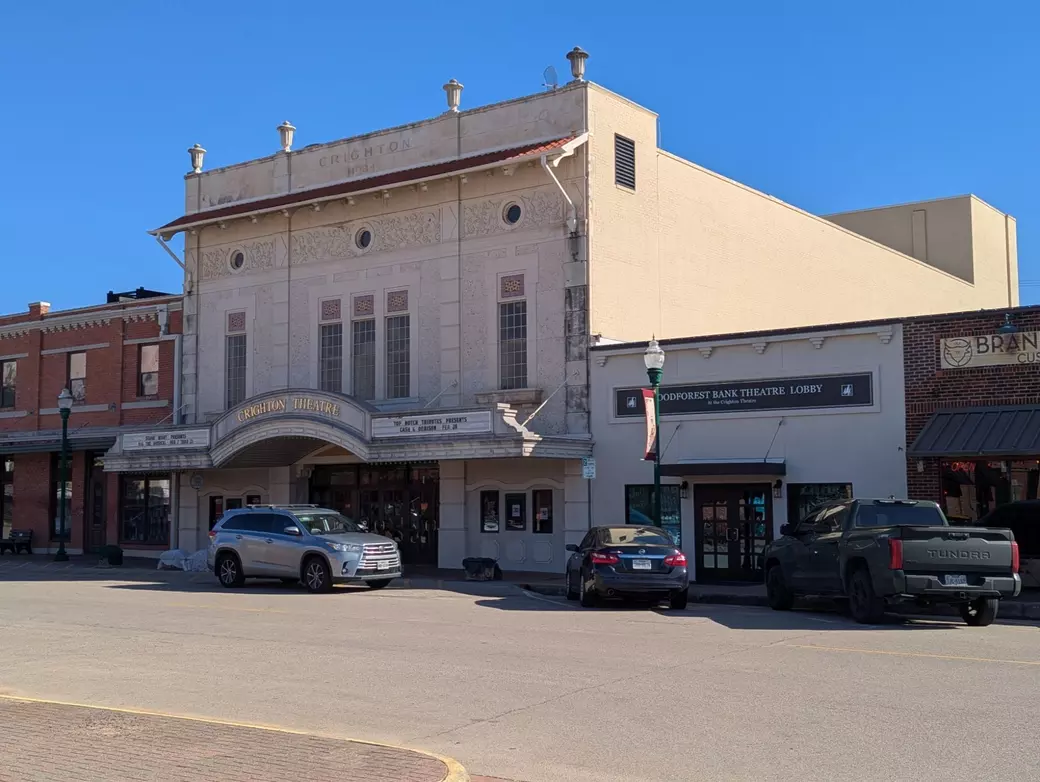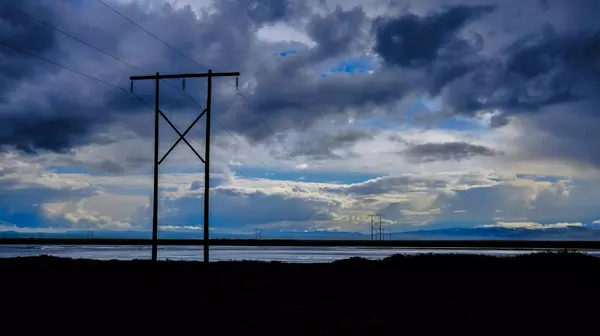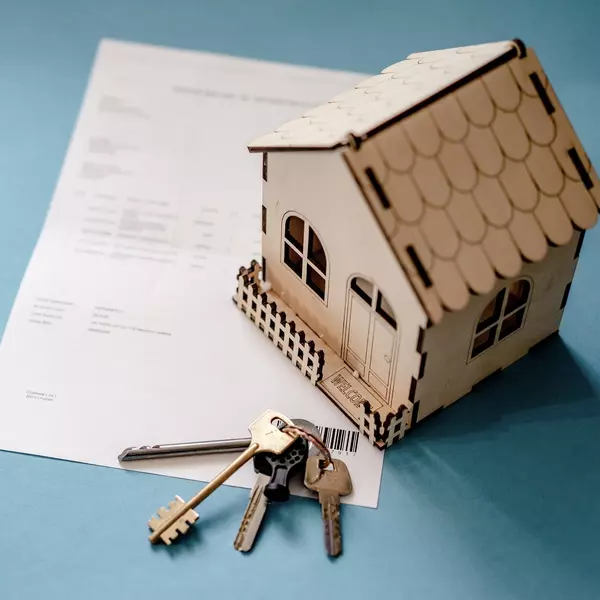The Great Conroe Fire of 1911: How a Small Town Rebuilt Itself

Conroe, Texas, is known today for its rapid growth, thriving downtown, and strong community spirit—but over a century ago, it faced one of its greatest challenges. On February 21, 1911, a massive fire tore through downtown Conroe, destroying businesses, homes, and even the Montgomery County Courthouse.
Despite the devastation, the people of Conroe rebuilt stronger than ever, laying the foundation for the city's future growth. In this post, we’ll explore what happened that fateful day, how Conroe recovered, and what remains today from that historic fire.
The Fire That Changed Conroe
In the early 1900s, Conroe was a growing town fueled by the timber industry, railroads, and a thriving business district. However, like many Texas towns of the time, its buildings were mostly wooden structures, making them vulnerable to fire.
🔥 What Happened?
On February 21, 1911, a fire broke out in downtown Conroe. According to The Conroe Courier, the fire spread quickly due to strong winds and dry conditions, engulfing much of the business district in a matter of hours (Conroe Courier, 1911).
By the time the flames were extinguished, major landmarks were lost, including:
- The Montgomery County Courthouse
- Several businesses, shops, and hotels
- The local newspaper office
- Many homes and personal residences
Without modern firefighting equipment, residents did their best to battle the flames using bucket brigades, but the fire was too intense. As noted by the Heritage Museum of Montgomery County, “This fire led to a major shift in building materials and fire prevention efforts in the city” (Heritage Museum of Montgomery County).
The Aftermath: Rebuilding a Stronger City
Though the fire left a devastating mark, Conroe’s residents saw it as an opportunity to rebuild smarter and stronger.
🏛 A New, Fireproof Downtown
Instead of simply reconstructing what was lost, the town invested in better materials and infrastructure to prevent another disaster. The Montgomery County Historical Commission notes that the fire prompted major changes, including:
✅ Brick and concrete buildings replaced wooden structures
✅ Stronger fire codes were put in place
✅ A more organized fire department was developed
Many of the brick buildings you see in downtown Conroe today were constructed in the years following the fire as part of this effort (Montgomery County Historical Commission).
🚂 Economic Growth Despite the Setback
Although the fire caused temporary economic hardship, it also attracted new investors and businesses eager to help rebuild. In the years that followed, Conroe’s economy grew stronger, thanks to:
- The timber industry, which provided the materials for reconstruction
- The discovery of oil in the 1930s, which brought new wealth to the area (TSHA)
- Continued railroad expansion, which connected Conroe to larger markets
In many ways, the 1911 fire forced Conroe to modernize, setting the stage for the thriving city it would become.
Historic Places That Survived (or Were Rebuilt)
If you visit Downtown Conroe today, you can still see remnants of the city’s post-fire rebuilding efforts. Here are a few places to check out:
🏛 Montgomery County Courthouse
📍 301 N Main St, Conroe, TX
The original courthouse was lost in the fire, but a new, fire-resistant courthouse was built in its place. Today, the Montgomery County Courthouse remains a symbol of resilience, continuing to serve as the center of government for the region (Conroe Courier, 1911).
🏠 Historic Downtown Conroe
📍 Main Street & Simonton Street, Conroe, TX
Many of the brick buildings in downtown Conroe were constructed in the years after the fire. Walking through this area, you can see the architectural shift that resulted from the 1911 disaster (Montgomery County Historical Commission).
🎭 The Crighton Theatre (Built in 1934, Part of Conroe’s Revival)
📍 The Crighton Theatre | 234 N Main St, Conroe, TX
Though built after the fire, the Crighton Theatre is an important part of Conroe’s rebuilding and modernization. It symbolizes the city’s cultural and economic revival in the decades following the disaster.
Lessons from the Fire: How Conroe Overcame Disaster
The Great Conroe Fire of 1911 was a turning point for the city. Instead of letting it define them, the people of Conroe used it as a catalyst for growth and improvement.
✅ The fire led to safer, more durable buildings
✅ Stronger community preparedness emerged
✅ Conroe grew into a more modern, resilient city
As noted by the Texas State Historical Association, “Following the fire, Conroe saw a resurgence in business development, fueled by the timber industry and the later discovery of oil in the 1930s” (TSHA).
Final Thoughts: A Fire That Shaped a City
Most people walking through Downtown Conroe today might not realize that a devastating fire once threatened to wipe it off the map. But thanks to the determination and resilience of its residents, Conroe didn’t just survive—it thrived.
🚗 Next time you visit Downtown Conroe, take a moment to appreciate the historic buildings that tell the story of a town that refused to be defeated.
💬 Have you ever explored Conroe’s historic downtown? Share your favorite spots in the comments!
Categories
Recent Posts












